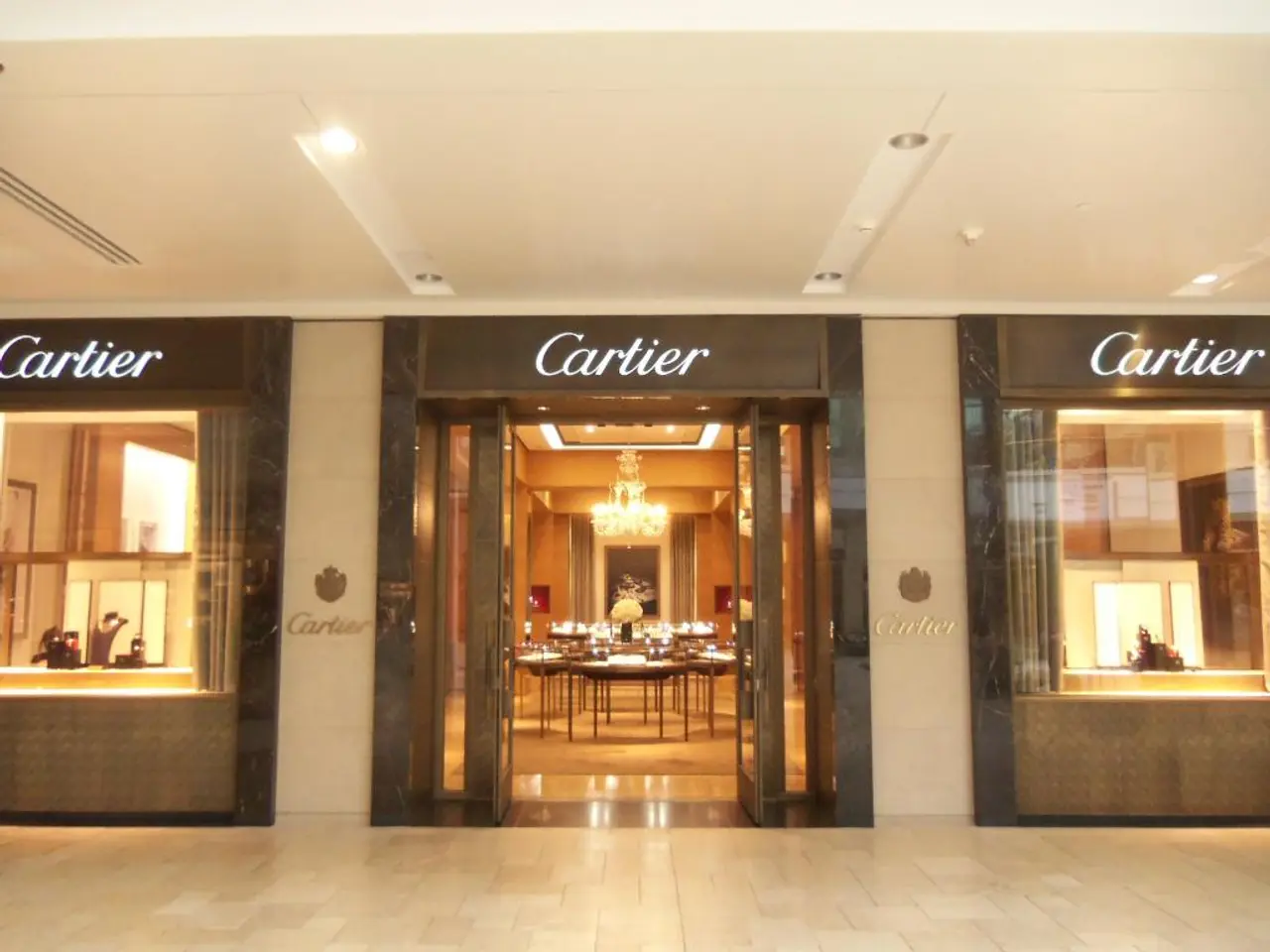If President Trump aims to resolve the issue of inflation, he appears to have an unusual approach.
But, despite Trump's pledge to lower prices on Day One of his presidency, his economic strategy thus far has been centered on tariffs – essentially higher taxes on imports. These tariffs, which American importers pass on to retailers and ultimately consumers, cause prices to skyrocket.
As a result, Americans are growing more skeptical of Trump's economic plan. Chris Rupkey, chief economist at FWDBonds, remarked, "The public's fears have soared in just the last two weeks, showing that changes coming from Trump's desk have spilled over the line between pro-growth to the realm of pro-inflation."
The University of Michigan's latest survey revealed that US consumer sentiment declined for the second consecutive month in February, slumping by a steep 10% from January. Worries about Trump's tariffs fueling inflation drove this loss in confidence. Similarly, a CNN poll revealed that nearly two-thirds of US adults are pessimistic about Trump's ability to manage inflation.
Such concerns have led investors to fear a potential drop in consumer spending. Consequently, the stock market experienced its worst week under Trump's presidency, with the Dow shedding 1,200 points over two days. Although it began to recover on Monday, uncertainty lingered.
Walmart, recognizing consumer apprehension, warned that negativity about the economy would impact sales forthcoming year. Given that consumer spending constitutes more than two-thirds of America's GDP, such a predicament could be detrimental to the economy.
Despite Trump not being directly responsible for the current surge in inflation (with a 0.5% increase last month, up from December’s rate), his tariffs threaten to make it his problem. If inflation expectations continue to climb, a possible renewed inflation crisis could jeopardize the honeymoon period of Trump's second term. Such a situation might lead consumers to curb their spending, potentially leading to economic troubles.
Trump's massive tariff threats against China, set to commence early next month, could exacerbate this problem. The President has already imposed a 10% across-the-board tariff on Chinese imports, with further threats looming over Canada and Mexico.
These proposed tariffs could adversely impact industries and costs for items such as cars, lumber, energy, and produce. Consequently, Canada and Mexico have threatened to retaliate with their own tariffs, further jeopardizing the U.S. economy.
In the grand scheme, Trump's tariff threats could widen the already-existing wealth gap in the U.S. according to Michael Pearce, deputy chief US economist at Oxford Economics, since the additional cost of necessities would disproportionately impact low-income consumers.
With microchips an integral part of numerous modern products, their potential price increase due to tariffs could raise the cost of various daily essentials, from phones and computers to cars and household appliances. Lumber, which is integral to the housing market, could further intensify the already-persistent housing crisis.
Despite acknowledging inflation as a problem, Trump has pinned the blame on his predecessor, Joe Biden. However, economists remain divided over the precise reasons for the surge in inflation. While some attribute it to government spending, others point towards bird flu causing egg prices to rise at an alarming pace and a slump in fuel demand sparked by the ongoing Russia-Ukraine conflict.
Trump's proposed plan to combat high prices involves tax cuts, deregulation in the energy sector, or cutting government spending by creating a Department of Government Efficiency. However, these measures may not entirely replace sales lost from tax cut revenue or curb inflation if consumers spend their stimulus checks.
In conclusion, while Trump's tariff policy targets to lower prices, experts condemn the policy as potentially harmful to the US economy, inclining towards negative effects on inflation, consumer sentiment, employment, wages, supply chains, and business investment. If the announced tariffs lead to an inflation spike, Trump's favorability could soon plummet.
- The rising pessimism among Americans about Trump's economic strategy, as stated by Chris Rupkey, can be attributed to the fear of inflation caused by his tariffs.
- The University of Michigan's survey indicates that consumers' confidence in the economy has significantly decreased due to concerns about inflation triggered by Trump's tariffs.
- Michigan-based economist Rupkey predicts that Trump's tariffs could shift the focus from pro-growth policies to pro-inflation ones, potentially leading to negative consequences for the economy.




